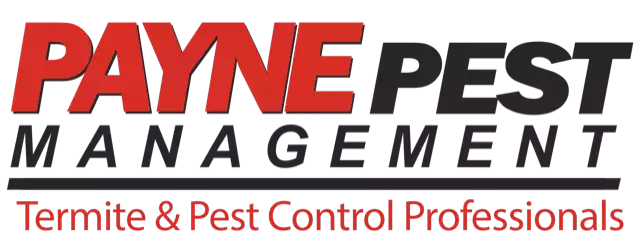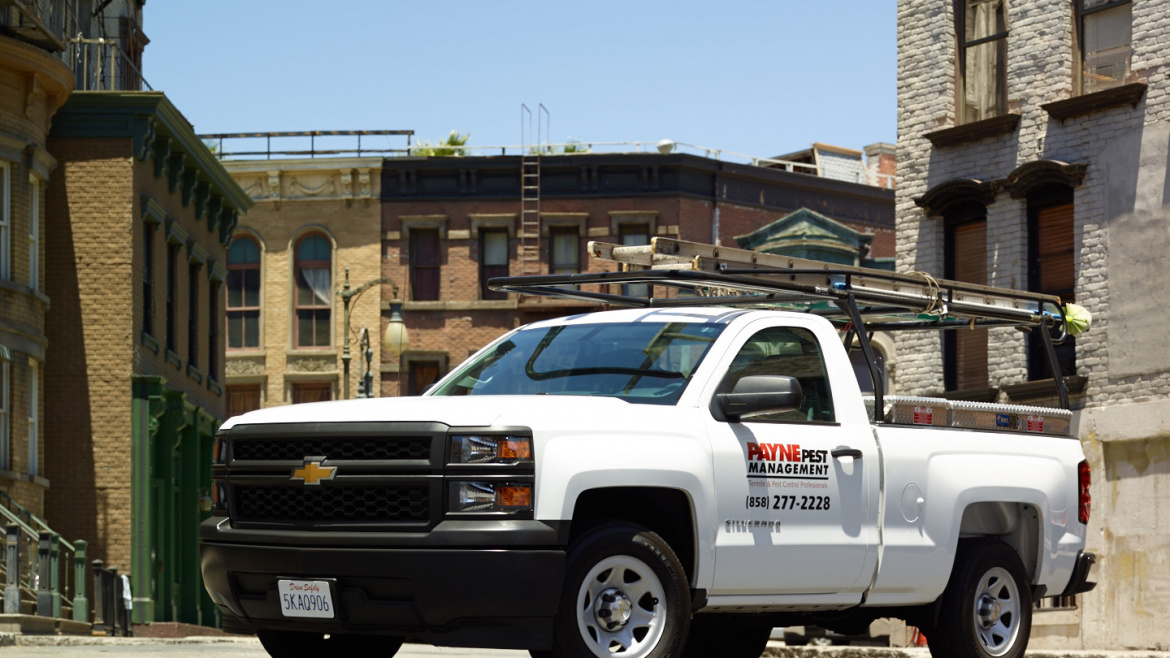If you’re seeing flying insects swarming in your home, are they termites or ants? Neither is preferable, both are destructive. But how can you tell? There are many differences between them – and as a homeowner, you should know there’s more than meets the eye.
Both flying ants (also called carpenter ants) and termites eat at buildings and cause structural damage. If caught too late, this structural damage can be significant. But, since carpenter ants cause millions of dollars in property damage each year and termite damage is in the billions, it is important to be able to tell the difference between these two insects when swarmers appear.
What do they have in common? Ants and termites have many similarities. They both create nests in the ground and have species that can produce nests in man-made structures. They both produce workers for the purpose of locating and acquiring food. They are both insects, which means they have a head, a thorax, an abdomen and six legs. And, they both produce swarmers.
The best way to tell what insect you’re looking at is to try and catch one and look at it up close. The first thing you’ll notice, if you’re looking at a termite, is that the wings are about ⅓ or ½ inch longer than the body and completely rounded on the ends. If you’re looking at a flying ant, you’re likely to notice that the two wings on each side are also unequal in length and more pointed at the end than termite wings.
Since flying ants are ants, they will look like ants with their distinct, pinched waist. Termites do not have this pinch at the waist.
The antennae on termites and ants are also quite different. Ant antennae have a bend in them, and they have a stick-like quality. Termite antennae look like they are made out of many, tiny balls stacked on top of each other, and they are straight.
The diets of these two pests differ, as ants are omnivores and termites feed on cellulose, which is a nutrient-rich material found in plants. Ants primarily eat nectar, seeds, other insects and food debris found around and inside homes. Ants do not eat wood but will nest in it; they chew tunnels and chambers within the wood itself, so look for signs of sawdust under the damaged wood. On the other hand, termites consume mainly soft or water-damaged wood, paper and other cellulose-based products. Look for darkening or blistering of wooden structures, and also for claylike tubes or tunnels leading from the soil to the wooden structure – if you find it, you’ve got termites.
Since looks can be deceiving, it’s best to consult a pest control professional to make the call on whether you are being invaded by termites or flying ants. Either way, these winged insects can be a threat to your home. Reach out for a free, no-obligation inspection today.







